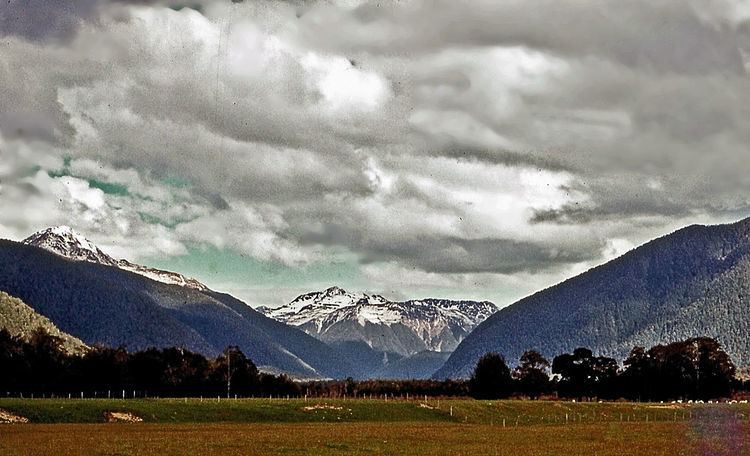 | ||
Grey is a former parliamentary electorate in the West Coast region of New Zealand.
Contents
- Population centres
- History
- Members of Parliament
- 1871 to 1875
- 1876 to 1881
- 1881 to 1919
- 1876 election
- References
The electorate of Grey Valley, created for the 1871 general election, was succeeded by the electorate of Greymouth in the 1881 general election, and lasted until 1890. In 1890 the Grey electorate was created, and was abolished in 1919.
Population centres
The 1870 electoral redistribution was undertaken by a parliamentary select committee based on population data from the 1867 census. Eight sub-committees were formed, with two members each making decisions for their own province; thus members set their own electorate boundaries. The number of electorates was increased from 61 to 72, and Grey Valley was one of the new electorates.
Throughout the electorate's history, the town of Greymouth was always included in its area. The town of Brunner belonged to the electorate during most periods.
History
Grey Valley existed from 1871 to 1881. William Henry Harrison was the first representative from 1871 to 1875 when he retired. Harrison had previously represented Westland Boroughs from 1868 to 1870.
The electorate was represented by two members from the 1876 election onwards. Martin Kennedy and Charles Woolcock were elected in 1876; Kennedy resigned in 1878 and Woolcock retired at the 1879 election. Kennedy was succeeded by Richard Reeves in an 1878 by-election. He was defeated in 1881 when he stood for Inangahua. Edward Masters succeeded Woolcock in the 1879 election. Masters resigned in 1881 and was succeeded by Thomas S. Weston in an 1881 by-election. Weston stood in Inangahua in the 1881 general election and was successful.
Greymouth was represented from the 1881 general election by Joseph Petrie. He was defeated in the 1884 general election by Arthur Guinness, who represented the electorate (renamed in 1890 as Grey) until his death in 1913.
After the resulting 1913 by-election, the electorate was represented from 1916 to 1919 by two radical politicians from the West Coast coal mines representing the Labour Party or its predecessors. They were Paddy Webb, who was imprisoned in 1918, and Harry Holland, who represented Grey from the by-election on 29 May 1918 until 16 December 1919 when the electorate was abolished.
Members of Parliament
The various electorates were represented by ten Members of Parliament.
Key
1871 to 1875
From 1871 to 1875, Grey Valley was a single-member electorate. It was represented by one Member of Parliament.
1876 to 1881
From 1876 to 1881, Grey Valley was a two-member electorate. It was represented by five Members of Parliament.
1881 to 1919
From 1881 to 1890, Greymouth was a single-member electorate, renamed as Grey from 1890 to 1919. Four Members of Parliament represented this electorate.
1876 election
Table footnotes:
